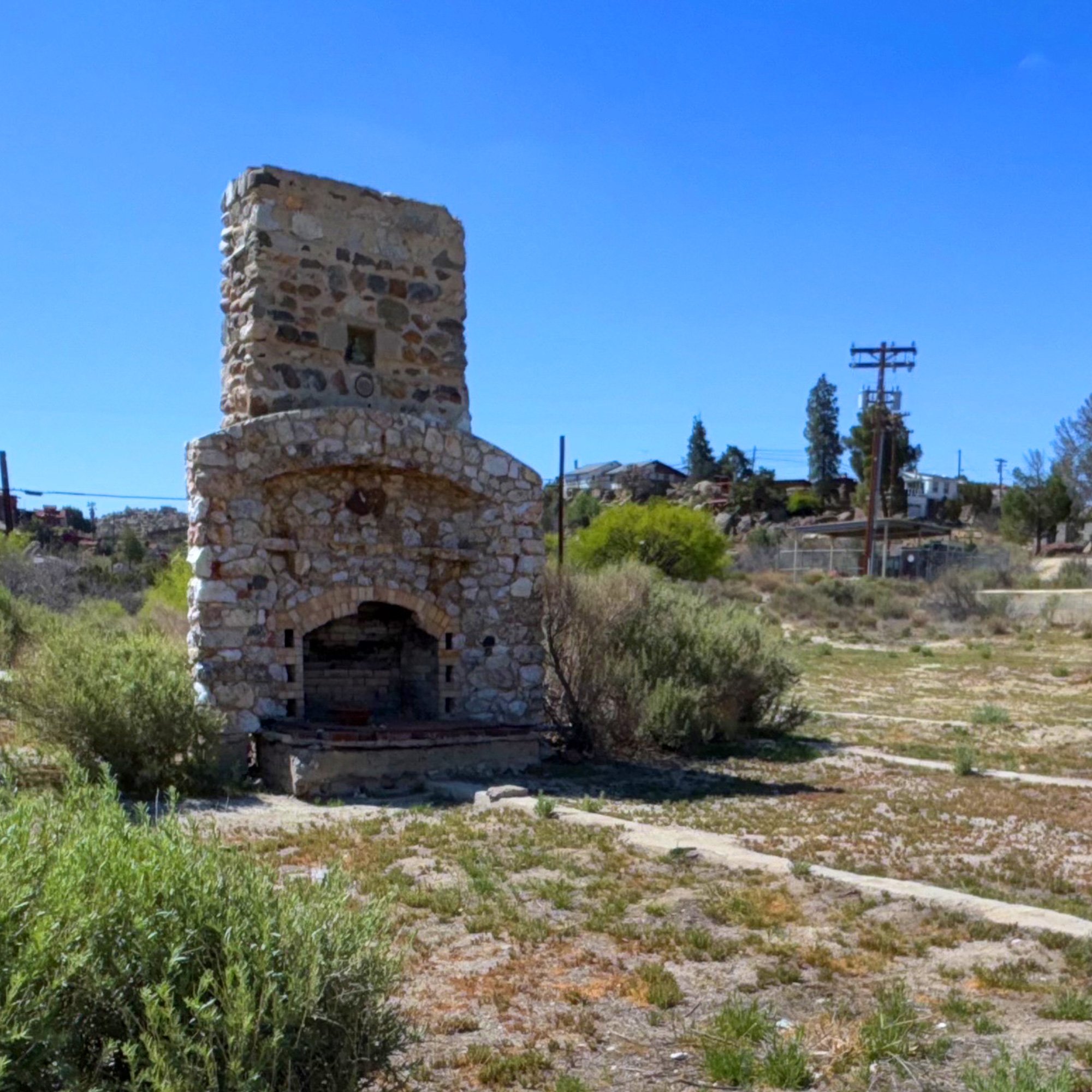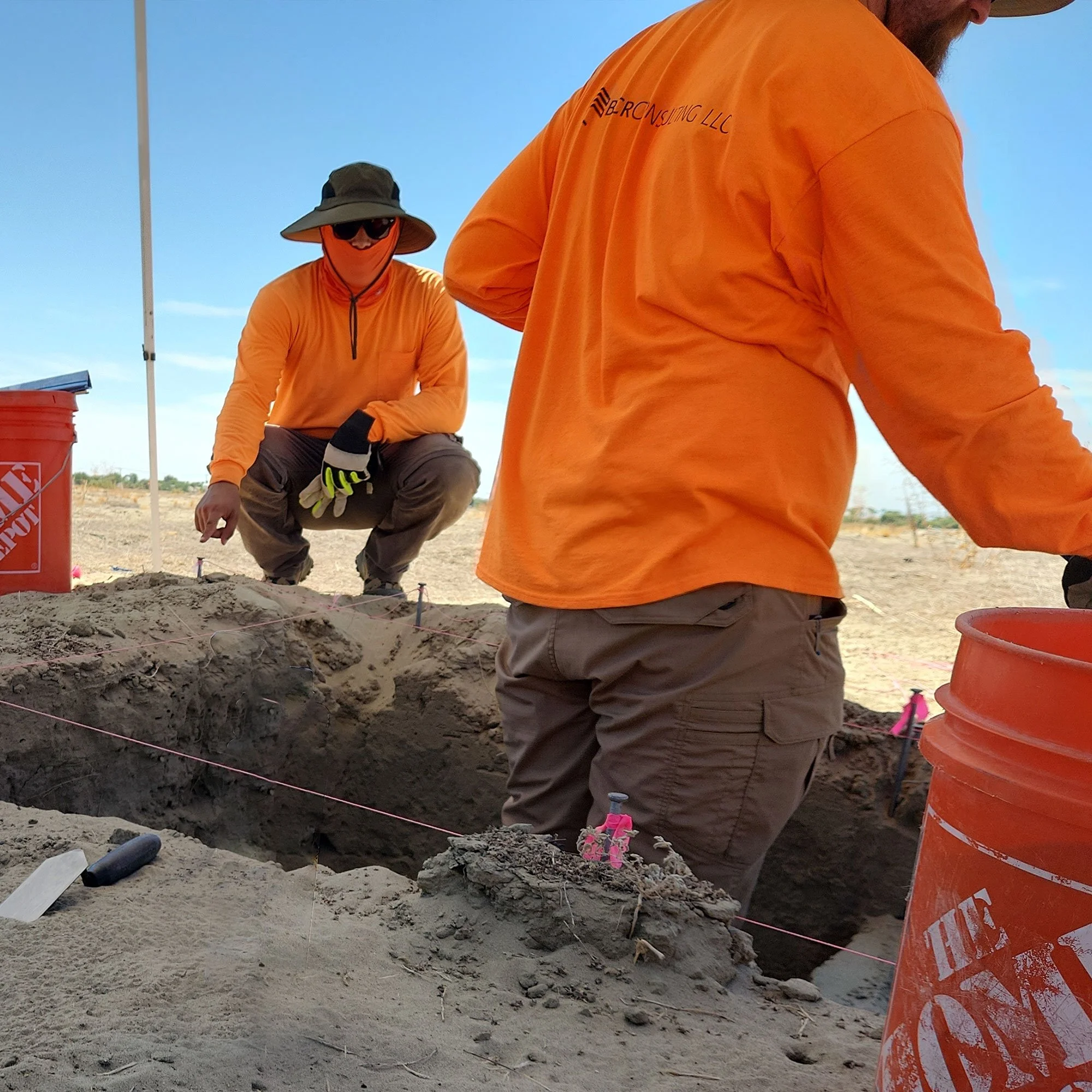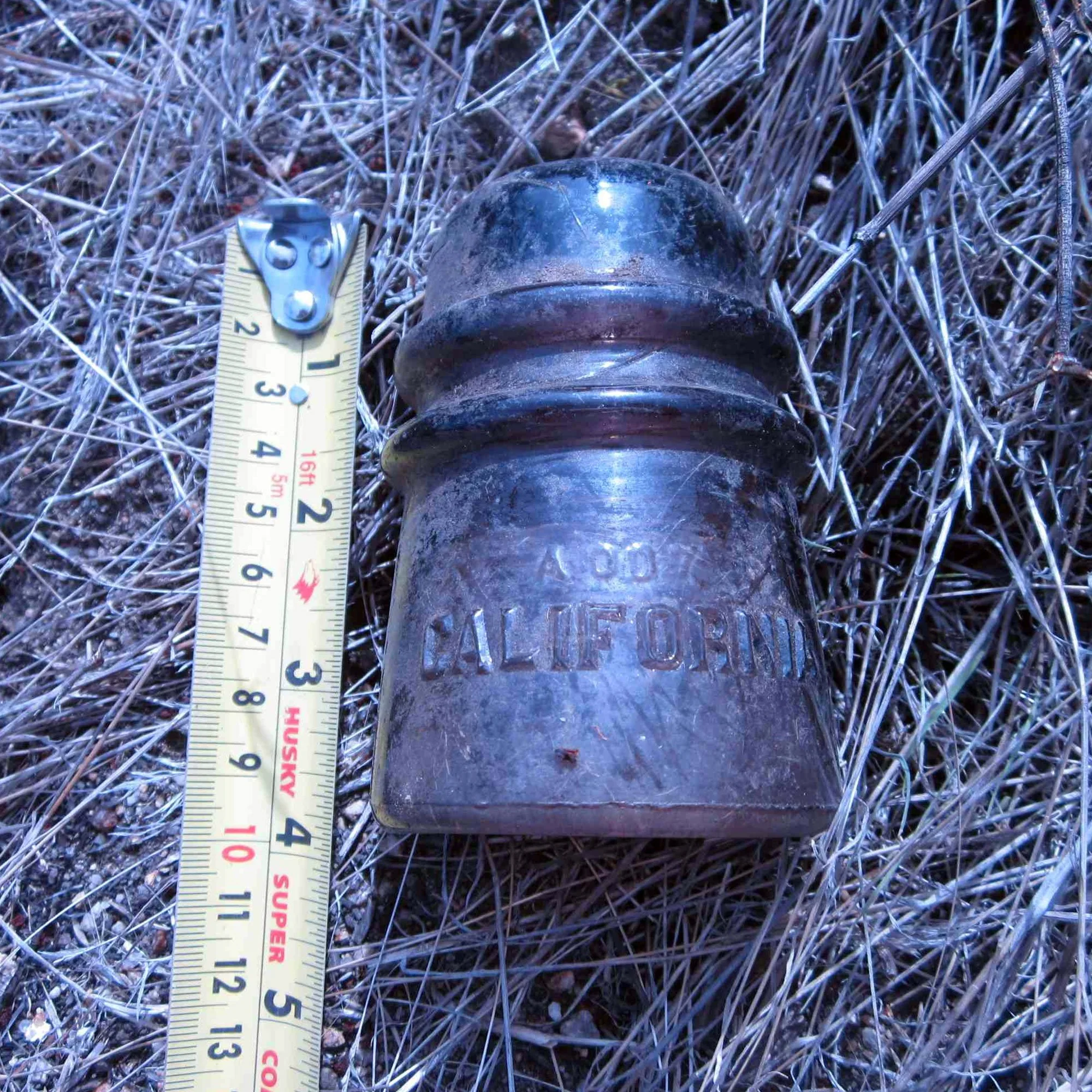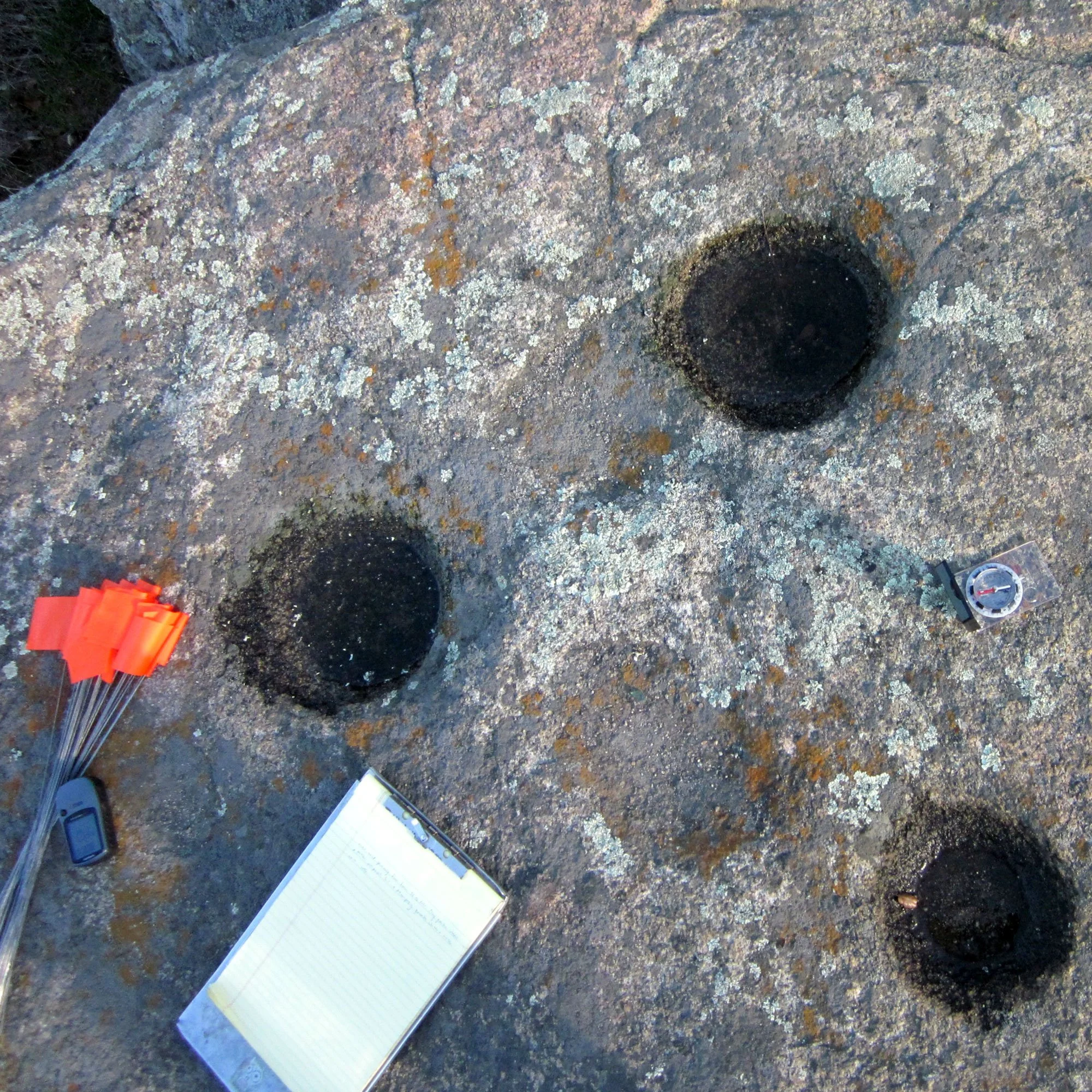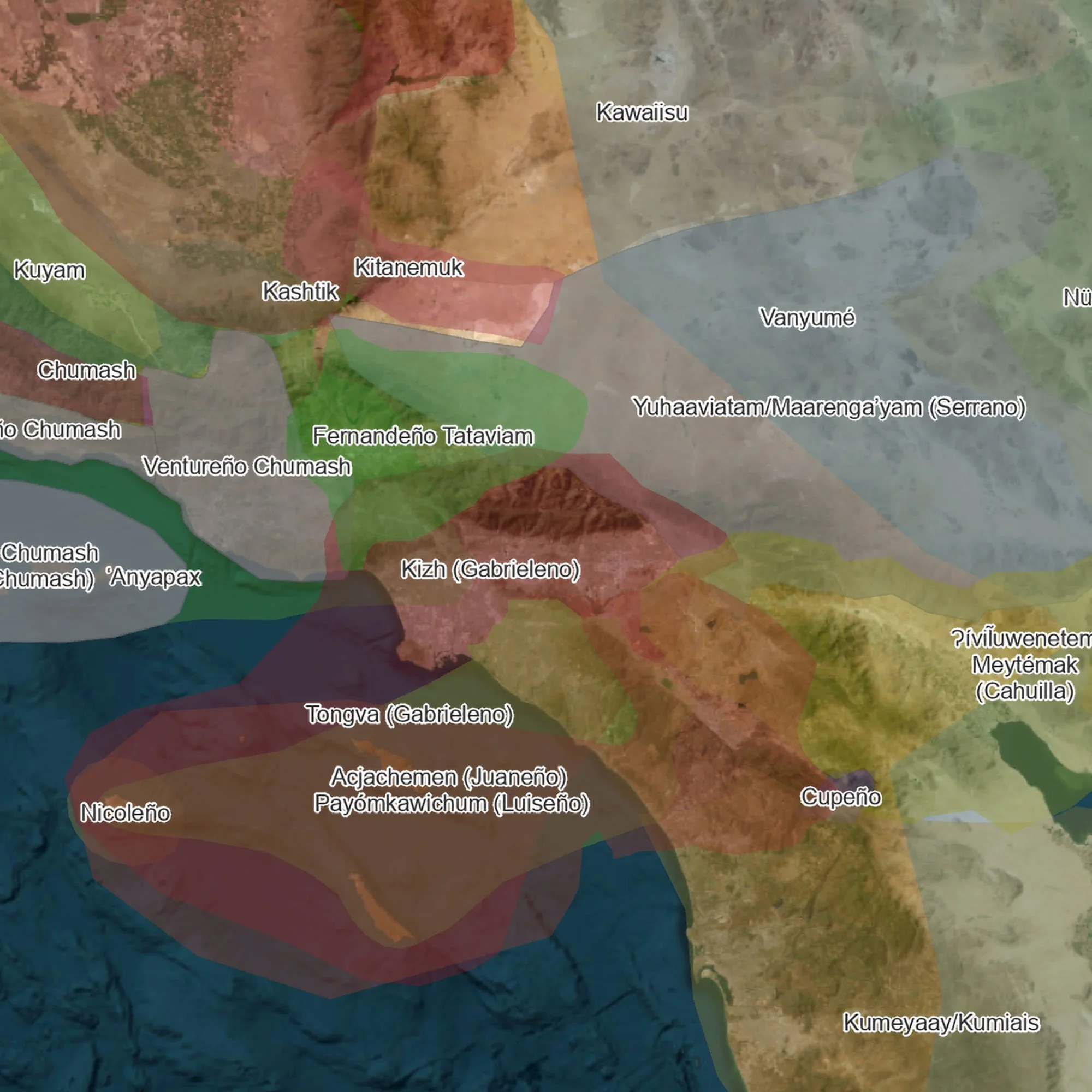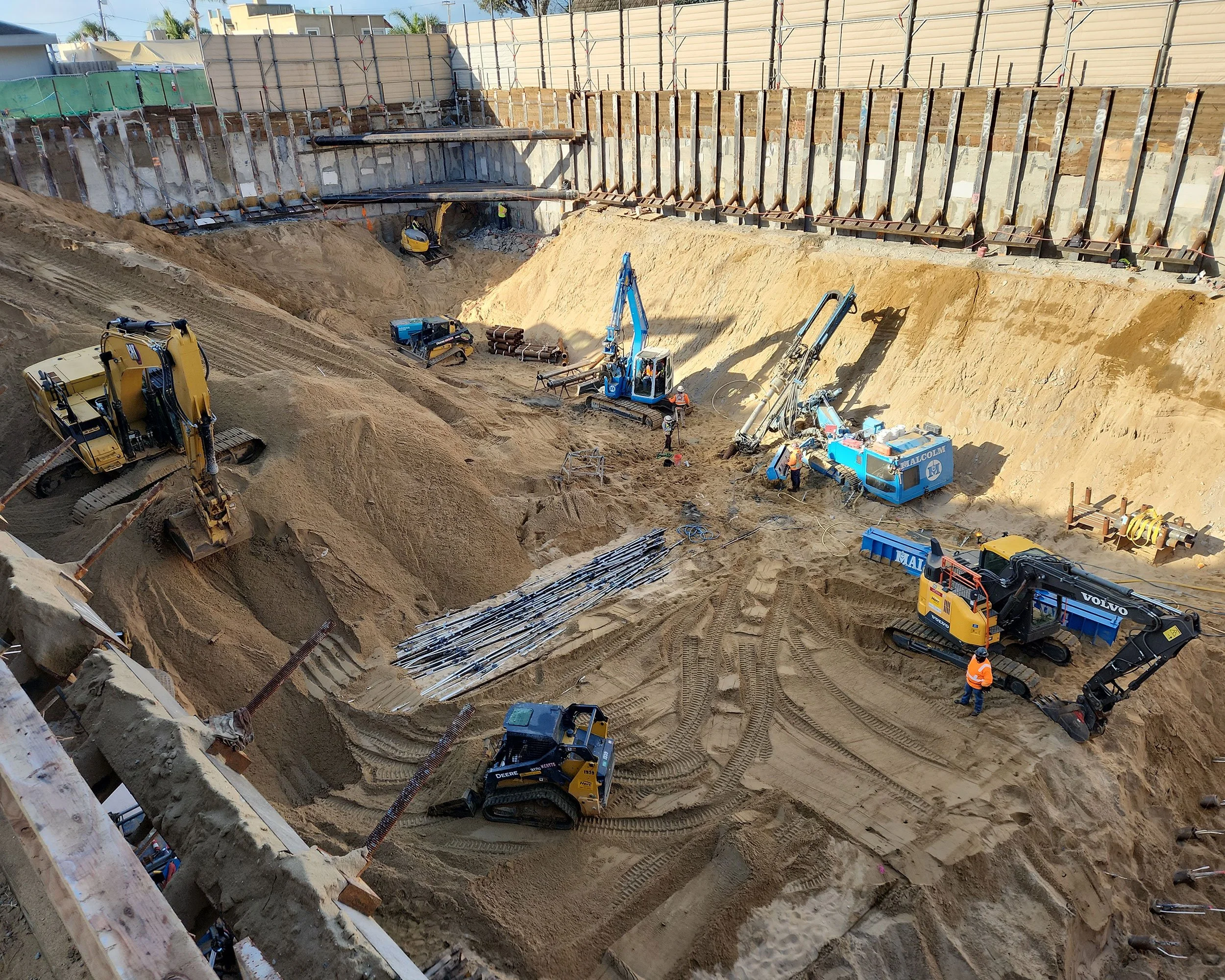
Cultural Resource Management Basics
Here we take a look at what a cultural resource is, who assesses it and how, and when it might represent a development constraint. We’ll start with a simple question and simple answer. Use the “+” to learn more. This is not meant to be a comprehensive guide, but we hope it’s informative.
Please contact us if you have specific questions or scenarios.
What is a cultural resource?
-
The California Office of Historic Preservation defines a cultural resource as any physical evidence of human behavior that is 45 or more years old. This generally includes prehistoric (pre-contact or Native American) and historic-period (45 or more years old) archaeological sites or artifacts, and historic-period buildings or structures. A cultural resource is significant (i.e. it can represent a development constraint) if it is eligible for the California Register of Historical Resources (for local projects requiring California Environmental Quality Act [CEQA] compliance) or if it is eligible for the National Register of Historic Places (for federal compliance under Section 106 of the National Historic Preservation Act [NHPA]).
What is a tribal cultural resource?
-
Under CEQA, a tribal cultural resource is a site, feature, place, cultural landscape, sacred place, or object with cultural value to a California Native American tribe that is either listed in or eligible for listing in the California Register of Historical Resources or a local register of historic resources, or determined to be significant by a lead agency. Some archaeological sites are tribal cultural resources, but tribal cultural resources can also include things that are important to tribes that archaeologists may not be aware of. The presence and importance of tribal cultural resources are made clear during Native American consultation, usually between the lead government agency and Native American entity. We’ll include an entry to describe the different kinds of Native American Consultation later.
When is a cultural resources assessment required?
-
CEQA and Section 106 of the NHPA require that lead agencies (state or local for CEQA and federal for Section 106) evaluate potential for impacts or effects that a project or undertaking might have to a historical resource (CEQA language for significant or eligible cultural resource) or a historic property (Section 106 language for a significant or eligible cultural resource). The permitting agency should tell you when you need a cultural resources assessment. Before we go further, let’s briefly review CEQA exemptions to see about streamlining the process-at least locally.
CEQA Exemptions Under PRC Section 21083.3 and CEQA Guidelines section 15183.
It’s worth noting that some projects may be exempt from CEQA, but that does not mean you don’t have to do anything. Potentially exempt projects are those that are consistent with either the development density established by existing zoning or a community plan, or with an existing general plan, for which an environmental impact report (EIR) was previously certified, with some exceptions. An exemption might not work if:
There are project-specific impacts “peculiar” to your situation (cultural resource-related peculiarities might include a building, structure, or other evidence of human activity that is over 45 years old);
A project may cause a significant impact not evaluated in the prior EIR on the plan or zoning.
A project may result in off-site or cumulative impacts not evaluated in the prior EIR.
There is evidence that previously identified impacts are more severe based on new information not known when the prior EIR was certified.
As an example, if you are developing a property that has a building or parking lot that is less than 45 years old in a neighborhood developed after about 1980 and there are no known archaeological sites in the area, there’s a good chance your project would be exempt, at least from doing any cultural resources work. In this example, you might not be exempt from the other technical areas (biological resources, geology/soils, hydrology, traffic, etc.).
Some of the CEQA streamlining rules are recent, and different agencies will have their own interpretations. The above is summarized for information purposes only based on our experience and based on at least one recent court decision.
Let us know if you want to run specific scenarios to find solutions for your project.
How do you know who to hire for cultural resources work?
-
If you are a property owner/developer/planner etc. and you need a cultural resources assessment, the permitting or lead agency is likely to send you a link to the referral list of all qualified cultural resource consultants in your area. You will then contact one or more consultants on that list to ask for a budget and scope of work to complete the required cultural resources study. Generally, the consultants on the referral list will have staff that meet or exceed the U.S. Secretary of the Interior (SOI) Standards for the relevant cultural resources subfield: Archaeology, History, Architectural History, and Historic Architecture-depending on which kind of resource may be present. To vet a consultant, ask for a resume or statement of qualifications and compare them against the U.S. SOI standard here.
What are the tasks for a Cultural Resources Assessment or Inventory (sometimes called Phase I)?
After you have settled on a qualified consultant, the tasks that will be necessary usually include (1) a records search and additional research, (2) pedestrian field survey, (3) reporting, and (4) Native American consultation. These tasks are described below. We also tell you what makes a cultural resource significant (a potential development constraint).
Records Search and Additional Research
The cultural resources consultant will take your project map to one of 12 regional state-run archives (one of the California Historical Resources Information System [CHRIS] Info Centers) to figure out if there are any known cultural resources (archaeological sites, artifacts, or historic-period buildings or structures), within or near the project site, and whether they are significant. The consultant will also check assessor information, archival resources, and old aerial photos to find out if there are any buildings or structures present that are old enough (45 or more years old) to merit recording and that had not been documented at the CHRIS Info Center. This information will help the consultant know what to watch for when they complete Task 2 (the Field Survey).
TASK 1
Field Survey
The cultural resources consultant will physically walk over the property at systematic 15-meter transects and will document and photograph any cultural resources they find on the ground. These things will be described in field notes for entry into state-required forms.
TASK 2
Report
This is where we write up the results of Task 1 and 2. This is a formatted report based on Archaeological Resource Management Reporting (ARMR) guidelines. The guidelines are sort of old, but they are flexible enough to remain relevant (see guidelines here). The report will be written by a cultural resource professional that meets the U.S. SOI Cultural Resource Professional Qualification Standards for the relevant field. The report will have a Management Summary, Introduction, Natural and Cultural Contexts, Personnel Qualifications, Methods, Results, Recommendations, and Bibliography sections.
TASK 3
Report Findings & Next Steps
A note about phases: the CEQA cultural resources assessment or inventory report used to be commonly called a Phase I Cultural Resources Assessment or Inventory. BCR Consulting doesn’t use phases unless an agency (Riverside County for example) requires it. This is because the remediation people have appropriated phase for their CEQA studies and when we use the term for a cultural resources report people get confused. And just to further complicate things, federal agencies often call their version of the cultural resources assessment/inventory a Class III.
Anyway, if findings are negative or if your property contains resources that are clearly not significant, the results are presented in our formatted report and you are finished (unless there are tribal cultural resource issues-more on that later). If Tasks 1 and 2 identify a resource that can’t be evaluated for significance (i.e. for California Register or National Register listing eligibility) in the assessment or inventory report, then a Cultural Resources Evaluation (or Phase II) will be necessary. We’ll explain how the evaluation phase works in a later post. For now, let’s talk about what makes a cultural resource significant or potentially significant (i.e. what makes a cultural resource a historical resource under CEQA or a historic property under Section 106 of the NHPA), triggering the need for further study. A cultural resource that meets eligibility criteria for listing in the California Register (nos. 1-4) or National Register (A-D) is one that:
(1/A) is associated with important events,
(2/B) is associated with important people,
(3/C) embodies distinctive characteristics of a type, period, region, method of construction or represents the work of a master or possesses high artistic values, or
(4/D) has information potential.
There are exceptions, but typically buildings can only be eligible for criterion 1/A (events), 2/B (people), or 3/C (style), and archaeological sites can only be eligible for 4/D (information potential). And to be able to convey significance through one of the above criteria, a cultural resource also needs to possess sufficient integrity of location, setting, design, materials, workmanship, feeling, and association. For example, the building in which an important treaty was signed may be eligible for association with an important event, but if the building has been moved and significantly altered it may have diminished integrity of location, setting, materials, workmanship, and feeling. If integrity is diminished severely enough, it may not be able to convey its significance. In that case, even though it meets one or more eligibility criteria, it would not be eligible because of poor integrity. There can be some gray area with eligibility and integrity, but in general, thorough research, fieldwork, development of context, and interpretations will result in a strong eligibility recommendation. It’s also important to point out that consultants and individuals only make recommendations. It’s up to government agencies to decide if those recommendations were made based on sufficient evidence, and to make an official finding or determination pursuant to the relevant regulation.
Let us know if you want to run specific scenarios to find solutions for your project.
Native American Consultation
First the cultural resources consultant will email a state office (the Native American Heritage Commission) to request a Sacred Lands File search. The NAHC emails results that are appended to the report. Negative findings for a Sacred Lands File search just means that state office doesn’t know about anything that is sacred in the general area. If results are positive, the NAHC will tell you which tribe should be contacted to find out what sacred resource might be in the area, or how to avoid it. None of the above qualifies as “Native American Consultation” in any regulatory context.
TASK 4
Different CEQA and federal contexts can trigger different methods for Native American Consultation
These will affect who contacts whom, under what conditions they are contacted, and scheduling constraints. And regardless of the regulation, tribes may be limited in the information that they are willing or able to share. When the NAHC sends the results of the Sacred Lands File search, they will also send a list of tribes to contact to find out what resources they might know about that the archaeologists may not be aware of. The rules for the most common types of Native American Consultation are summarized below. This is intended as a general reference for information purposes and should not be used as a comprehensive guide.
Contact us for specific scenarios.
-
The lead CEQA agency must send invitations to consult on non-exempt projects to tribal entities that have requested such notifications from that agency. In cases where the lead agency has not maintained the list of tribal entities, a list may be obtained from the California Native American Heritage Commission (NAHC), though the NAHC list will be longer and will usually include groups that have not requested participation with that agency. Consultants may assist the lead agency by acquiring the NAHC list and/or by drafting letters to potentially interested tribal entities, but those letters (they can be emailed) should be reviewed and signed by a representative of the lead agency, and should be sent to tribal entities on lead agency letterhead. Thirty (30) days is generally allowed for tribes to respond to letters and initiate consultation. Meaningful consultation is carried out between the lead agency and tribal entity. The purpose of this consultation is to analyze potential impacts to tribal cultural resources, a separate category of resource under PRC 21074. Tribes may offer mitigations that should be reviewed by the lead agency before they are adopted.
A tribal cultural resource is defined as either a site, feature, place, cultural landscape that is geographically defined in terms of the size and scope of the landscape, sacred place, or object with cultural value to a California Native American tribe, and that is:
Listed or eligible for listing in the California Register of Historical Resources, or in a local register of historical resources as defined in Public Resources Code section 5020.1(k), or
A resource determined by the lead agency, in its discretion and supported by substantial evidence, to be significant pursuant to criteria set forth in subdivision (c) of Public Resources Code Section 5024.1. In applying the criteria set forth in subdivision (c) of Public Resources Code Section 5024.1, the lead agency shall consider the significance of the resource to a California Native American tribe.
Please Note: Our initial analysis of SB130 indicates that after January 1, 2026, exempt projects will also require consultation for tribal cultural resources, and they will be allowed 60 days to respond to consultation announcements.
See the complete text of the regulation here.
-
Required during creation or amendment of a General Plan or Specific Plan, the lead CEQA agency must acquire the SB18 list of tribes from the California Native American Heritage Commission. Consultants may assist the lead agency by acquiring the NAHC list and/or by drafting letters to potentially interested tribal entities, but those letters should be reviewed and signed by a representative of the lead agency, and should be sent to tribal entities on lead agency letterhead. 90 days is generally allowed for tribes to respond to letters and initiate consultation. Meaningful consultation is carried out between the lead agency and tribal entity.
See the complete text of the regulation here.
-
The lead federal agency will acquire a list of local tribes from the California NAHC. The lead federal agency will send project notifications to tribal entities on the NAHC list. Consultants may assist by acquiring the NAHC list and/or by drafting letters to potentially interested tribal entities, but those letters should be reviewed and signed by a representative of the lead agency, and should be sent to tribal entities on lead agency letterhead. Some federal agencies have internal policies that affect how and when letters are sent out, and how consultation is conducted (i.e. requirements for follow-up phone calls etc.). It’s important to review specific agency policy and to talk to a representative at the beginning of the project.
See the U.S. Advisory Council on Historic Preservation handbook for consultation with Indian Tribes here.

